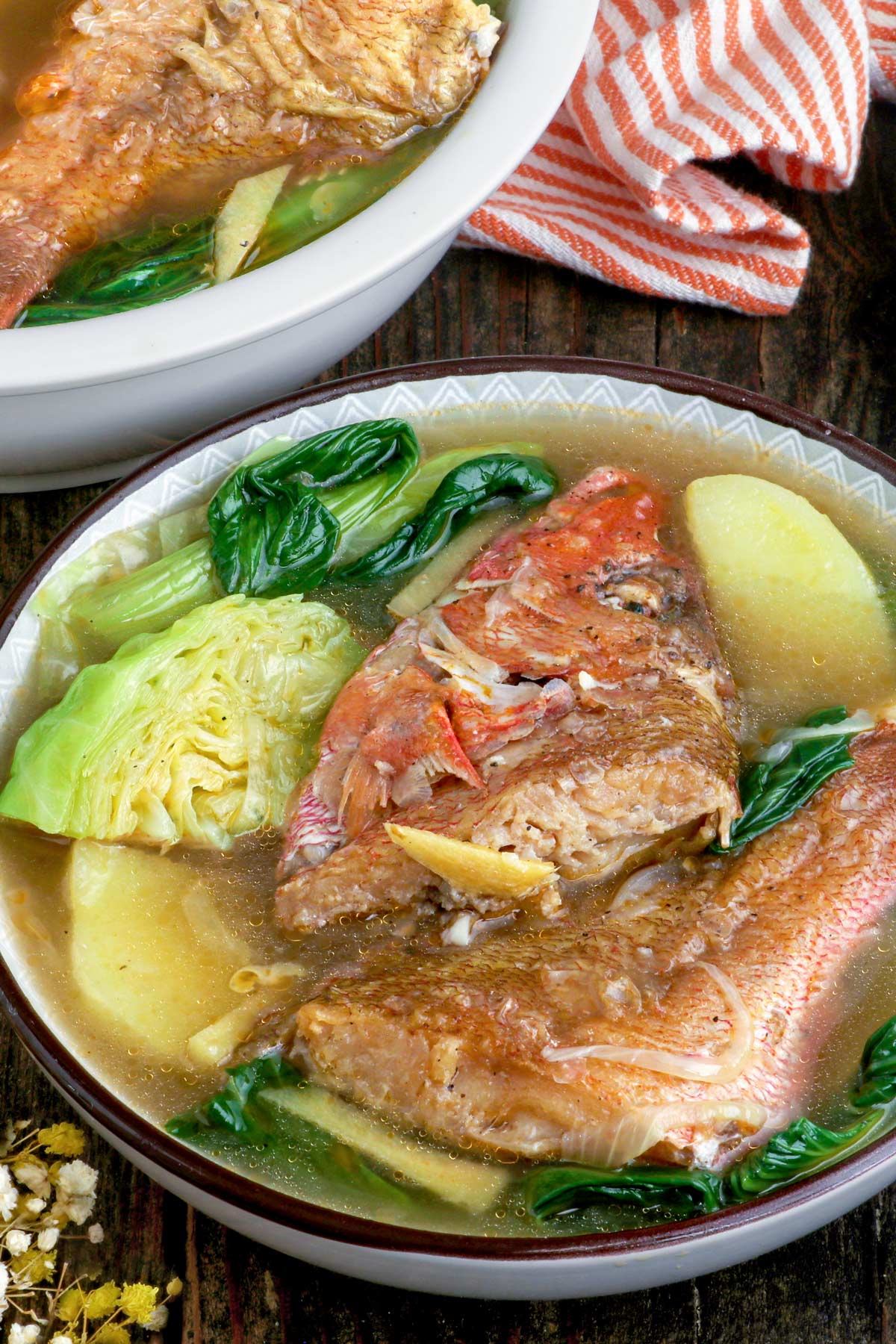Discover the Flavors of Filipino Cuisine with These Filipino Food Recipes.
Discover the Flavors of Filipino Cuisine with These Filipino Food Recipes.
Blog Article
Genuine Filipino Food Recipes to Try in your home
Checking out authentic Filipino food recipes presents a possibility to value the detailed flavors and cultural significance behind each recipe. Utilizing fresh, local active ingredients is essential, as is embracing common dining-- a trademark of Filipino culture.
Popular Filipino Dishes
Filipino cuisine flaunts an abundant tapestry of flavors and customs, with over a loads legendary dishes that highlight the country's varied social impacts. Among the most widely known dishes is Adobo, a full-flavored stew generally made with chicken or pork, marinated in vinegar, soy sauce, garlic, and spices. Its appetizing flavor account makes it a staple in Filipino houses.
Another cherished dish is Sinigang, a sour soup often made with tamarind, tomatoes, and numerous veggies. This dish can include pork, shrimp, or fish, and its rejuvenating preference is best for warm climates. For those with a sweet tooth, Leche Flan-- a creamy caramel custard-- offers as a preferred dessert, showcasing the Filipino fondness for rich, pleasant tastes.
Kare-Kare, a passionate oxtail stew with a thick peanut sauce, together with the iconic lumpia, or springtime rolls, even more exhibit the variety located in Filipino food. Each meal not just provides special tastes however also tells a story of local active ingredients and historical impacts, making Filipino food a dynamic reflection of its culture and heritage.
Important Components for Filipino Food Preparation
The essence of Filipino food preparation lies in its crucial components, which serve as the foundation for the nation's cherished recipes. A selection of flavors and textures collaborated, showcasing the varied cultural influences that form Filipino cuisine.
Trick ingredients include rice, the staple that comes with virtually every dish, signifying nourishment and area. Soy sauce, vinegar, and fish sauce (patis) are crucial for flavoring, conveying umami and deepness to dishes. Fresh herbs like cilantro and basil add fragrant quality, while garlic, onion, and ginger offer a durable taste base.
Protein resources such as pork, hen, and fish and shellfish are central to numerous dishes, usually marinaded to boost taste. Veggies like eggplant, bitter melon, and eco-friendly beans add essential nutrients and balance - Filipino food recipes. Coconut milk is an additional significant component, providing creaminess and a subtle sweetness to different stews and desserts
Finally, calamansi, a citrus fruit, supplies a rejuvenating tang that raises meals and beverages alike. Together, these components create the vibrant and abundant tapestry of tastes that define Filipino food, making it both soothing and distinct. Comprehending these principles is vital for anybody click for info seeking to duplicate authentic Filipino recipes at home.
Step-by-Step Dish Guide

Begin by preparing your components. For Adobo, slice the meat right into uniform items and marinade it in soy sauce, vinegar, garlic, and bay leaves for at the very least 30 minutes. Next, heat oil in a frying pan and sauté the garlic and onions till fragrant, after that include the marinated meat, enabling it to brownish uniformly.
For Sinigang, begin by steaming water in a pot and adding your selection of meat. As soon as tender, incorporate tamarind paste or fresh tamarind for that signature sour flavor. Follow with veggies like radish and kangkong, cooking up until just tender.

Tips for Authentic Flavor
Usually, achieving authentic taste in go now Filipino meals rests on the cautious option and therapy of active ingredients. Begin with fresh, top quality fruit and vegetables, as the vibrancy of vegetables and natural herbs substantially boosts the dish's overall preference. Staples like garlic, onions, and ginger form the fragrant structure for many dishes; using them in correct proportions is important.
Picking the appropriate protein is just as essential. Standard adobo typically uses chicken or pork, marinated to soak up the sauce's full flavor. In addition, consider sourcing locally produced or local ingredients, as they can supply credibility that store-bought alternatives lack.
Food preparation techniques additionally play an important function. Slow-cooking approaches, such as braising or stewing, allow tastes to fuse wonderfully, while frying can include an enjoyable texture. Don't neglect spices; making use of salt, fish sauce, or soy sauce at the right moments can raise a dish substantially.
Offering and Delighting In Filipino Food
Cooking experiences are improved when Filipino food is served with attention to tradition and area. The technique of sharing dishes is main to Filipino culture, representing unity and friendliness. When offering Filipino recipes, consider making use of traditional serveware, such as clay pots or bamboo baskets, which enhance the credibility of the experience.
Typically, Filipino dishes are enjoyed family-style, with a selection of dishes positioned at the facility of the table. This common method encourages communication and allows guests to sample different tastes. A well-curated spread may consist of staples like adobo, sinigang, and lumpia, matched by rice, which is an essential element of every meal.
Going along with the food with traditional spices, such as soy sauce, vinegar, or chili use this link paste, can boost the eating experience, welcoming diners to customize their plates to their choices. In addition, including neighborhood drinks, like calamansi juice or tuba, can improve the general taste profile.
Conclusion

Report this page